Background
The Eisenhower matrix is a simple tool used to help you to prioritise your tasks. Often referred to as the urgent and important matrix, it helps us to add tasks to categories to help understand what we should be working on.
Originally developed by President Eisenhower, the tool has also become known as the urgent and import matrix as described by Stephen R. Covey in his book the 7 Habits of Highly Effective People.
The matrix is a 4 box grid that tasks can be placed into or tasks labelled with. These tasks are then moved when needed based on the criteria of the matrix.
The Eisenhower Matrix for Prioritising Tasks
To help us to understand what tasks we should be working on, we can use the Eisenhower Matrix Tool.
The tool is a 4 box grid that is based on 3 axes;
- Urgency – does the task need to be done now
- Importance – the value of doing the task or the consequences of not doing the task
The above criteria give each of the 4 boxes in the grid its label.

The 4 boxes in the grid are:
- Tasks that are both urgent and important
- Tasks that are not urgent and important
- Tasks that are urgent but not important
- Tasks that are both not urgent or important
Applying the Eisenhower Matrix for Prioritising Tasks
Here is how to apply the ABCDE method to effectively prioritise your tasks.
- You need a to-do list or a list of tasks that contains all of the tasks you need to work on
- Add each task to a box in the grid or add the number of the box next to the task in your list
- Work on the tasks that are in box 1
- Plan and schedule the tasks that are in box 2
- Delegate or reduce the tasks that are in box 3
- When you have spare time available and all of your tasks in boxes 1 and 2 are taken care of, check the tasks in box 4
Box 1 Tasks
The first box in the Eisenhower Matrix is known as Box 1 Tasks.
Add tasks to box 1 that are very important but also need to be done immediately. These are tasks that carry serious consequences if not completed or add serious value if they are. You also need to complete these immediately as to not do so would also carry serious consequences.
Examples of box 1 tasks may be:
- A system or server that is not working and preventing you or others from doing your work
- A customer has a serious issue with a product or service
- A delivery that you were expecting hasn’t arrived or is incorrect
These are tasks that you might consider as crises. They are unexpected or unplanned events that you need to react to.
These are not the only tasks that can end up in this box. Tasks from box 2 can also end up here as the deadline for them begin to creep nearer.
Box 2 Tasks
The second box in the Eisenhower Matrix is known as Box 2 Tasks.
Add tasks to box 2 that are very important but do not need to be completed immediately. These are tasks that carry serious consequences if not completed or add serious value if they are. You need to plan for and schedule these tasks as the deadline will eventually creep up on you. This will then mean they need to be moved to box 1.
Examples of box 2 tasks may be:
- Performance review meetings with your team members
- Regular maintenance tasks
- Monthly reports
- Repeating tasks that you need to do every day/week/month
Tasks won’t stay in box 2. As the deadline moves ever closer and the task remains uncompleted, these will then move into box 1 and become box 1 tasks.
You could also consider delegating tasks that are in box 2.
Box 3 tasks
The third box in the Eisenhower Matrix is known as Box 3 Tasks.
Add tasks to box 3 that are given the appearance of being urgent but are not important. These are tasks that we are told we must do or need to do, but we know carry little value or consequence.
They might also be made to sound important to someone else, but they are not to you. This is because the incorrect criteria for importance is being used – the person is likely basing this on personal value or consequence, and not the value or consequence to the organisation as a whole.
Examples of box 3 tasks may be:
- Regular meetings that you go to that don’t drive actions
- Reports that you complete that are just for information
- Some emails that you get that you are just copied into
- Some calls that you get that are sales related
The more tasks you have in box 3, the less time you will have to spend on tasks in boxes 1 and 2.
If you can, delegate some of your box 3 tasks. Better still, reduce the regularity of these tasks or even better, get rid of them altogether.
Box 4 tasks
The fourth box in the Eisenhower Matrix is known as Box 4 Tasks.
Add tasks to box 4 that are neither urgent nor important. These are tasks that we are we end up doing that we really don’t need to or shouldn’t do. Essentially, they are distractions.
There are 2 categories of box 4 tasks:
- Interruptions or conversations that happen around the water cooler. These are general conversations about non-task or work-related subjects. They are important to have, but not if you have a lot of tasks in box 1
- Long term projects. These are things for the future that you would like to do but don’t really need to be done just yet. They can just sit there until the importance or urgency increases and they move to another box
Examples of box 4 tasks may be:
- General chit-chat
- Long terms vision or projects that are just being thought about
The more tasks you have in box 4, the less time you will have to spend on tasks in boxes 1 and 2. That said, we often go to box 4 for respite when box 1 is full.
Just be aware of the impact of box 4 tasks. It might always be us that pulls us in there – someone else may be the culprit, but we allowed ourselves to be pulled into the conversation.
What to Do Alongside the Eisenhower Matrix
Prioritising tasks is only once part of effective time management. You should also plan and schedule your tasks too.
Further Learning
You can learn more about the Eisenhower Matrix by attending a time management training course. Take a look at our time management training course for more details.




